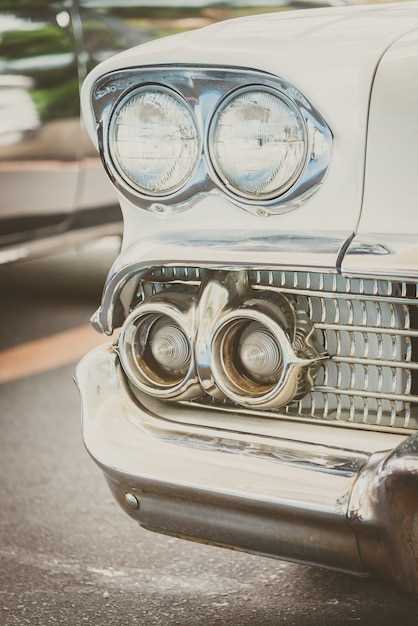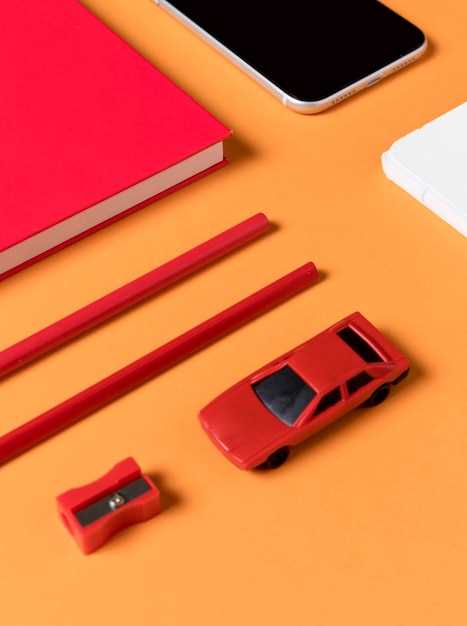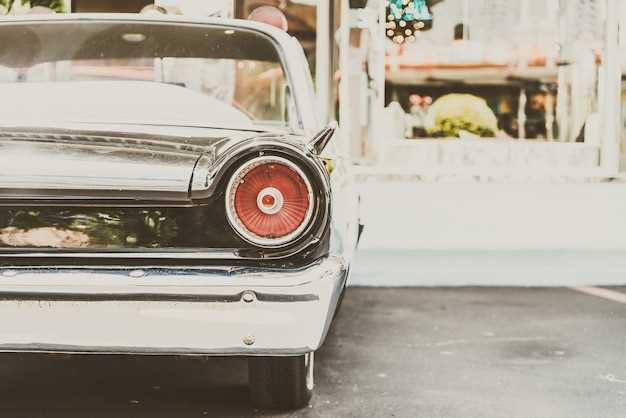Classic Car Insurance Essentials

When it comes to insuring a classic car, understanding the nuances of insurance policies is crucial for owners. Classic cars hold not only monetary value but also sentimental significance, making specialized insurance coverage necessary. In this article, we will explore key points that every classic car owner should know when selecting an insurance policy.
1. Agreed Value Coverage: Unlike standard vehicles, classic cars often appreciate in value over time. Insurance policies should provide agreed value coverage, ensuring that owners receive a pre-determined amount in the event of a total loss. This ensures that your investment is adequately protected and reflects the true value of the vehicle.
2. Mileage Limits: Many classic car insurance policies come with specific mileage limits. Owners should understand these restrictions, as exceeding them could lead to increased premiums or gaps in coverage. Carefully evaluating how often you drive your classic car is essential when selecting an insurance plan.
3. Restoration Coverage: Classic cars often require restoration or specialized repairs. A solid insurance policy should cover the costs associated with restoring a vehicle to its original condition after an incident. Homeowners should inquire about the specifics of restoration coverage when choosing a classic car insurance policy.
Understanding these key points will empower classic car owners to make informed decisions about their insurance policies, ensuring both financial security and peace of mind.
Understanding Coverage Options for Classic Vehicles

When it comes to insuring classic cars, selecting the right policy is crucial. Classic vehicles often hold significant value, both monetarily and sentimentally, which makes understanding coverage options essential for their owners.
Most classic car insurance policies provide specialized coverage tailored for vehicles that are not used for daily transportation. These policies typically include agreed value coverage, which guarantees that in the event of a total loss, the owner will receive a pre-determined amount based on the car’s current market value rather than its depreciated value.
Another important coverage option to consider is limited mileage coverage. Many classic car owners do not drive their vehicles extensively, making limited mileage endorsements an attractive choice. This option can help reduce premiums, as the risk of accidents or wear and tear is minimized with less frequent use.
Classic car policies may also include comprehensive and collision coverage. Comprehensive coverage protects against non-collision-related incidents such as theft, vandalism, or natural disasters, while collision coverage helps cover damages resulting from accidents with other vehicles or objects. Understanding the differences and benefits of these types of coverage can ensure that a classic car owner is well-protected.
Lastly, it is essential to consider additional options like roadside assistance and spare parts coverage. Roadside assistance offers peace of mind for classic car owners, providing support in case of breakdowns. Spare parts coverage can help with the replacement of rare components, which can be particularly valuable for older models. Overall, exploring these various coverage options and customizing a policy can provide the comprehensive protection classic vehicle owners need.
Factors Influencing Premiums: Age, Condition, and Mileage
The premiums for classic car insurance are significantly influenced by several factors, particularly the age of the vehicle, its condition, and the mileage it has accumulated over time. Each of these elements plays a crucial role in determining the overall risk associated with insuring a classic car.
Firstly, the age of the classic car is a primary consideration for insurers. Older vehicles often benefit from lower premiums due to their limited availability and the potential appreciation in value. However, the age can also introduce issues related to outdated technology and safety features, which may raise the risk profile and subsequently the insurance cost.
The condition of the classic car is another essential factor. A well-maintained vehicle, with original parts and historical significance, tends to attract lower insurance rates. In contrast, a car that shows signs of neglect or has undergone extensive modifications may lead to higher premiums, as it poses a greater risk in terms of repairs and restoration.
Mileage is equally important when computing premiums for classic car insurance. Lower mileage suggests that the vehicle is rarely used, thereby reducing wear and tear and minimizing the likelihood of accidents. Conversely, a classic car that is frequently driven may require a higher premium due to an increased risk of damage or loss.
By carefully considering these factors–age, condition, and mileage–owners can better understand how their classic car’s specifics influence insurance premiums, allowing for informed decisions when purchasing coverage.
Assessing the Importance of Agreed Value vs. Actual Cash Value

When it comes to classic car insurance, understanding the difference between agreed value and actual cash value (ACV) is crucial. The choice between these two options can significantly impact the financial recovery in the event of a total loss.
Agreed value policies offer a predetermined payout amount that is established at the time the policy is issued. This means that if a classic car is deemed a total loss, the owner receives the agreed sum without any depreciation deductions. This is particularly important for classic car owners, as the value of vintage vehicles can appreciate over time, contrary to standard cars that typically lose value.
On the other hand, actual cash value policies calculate payouts based on the car’s current market value, which factors in depreciation. For classic cars, this could result in significantly lower compensation when compared to the car’s true worth. Since many classic cars have unique attributes and historical significance, relying on ACV can lead to financial disappointment, especially if the car was meticulously restored or modified.
In summary, opting for an agreed value policy ensures that classic car owners have a defined, fair compensation amount that reflects the true worth of their vehicle, offering peace of mind and financial security. Understanding these concepts is essential for anyone looking to protect their classic investment effectively.



